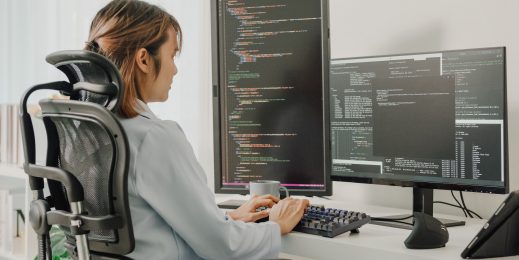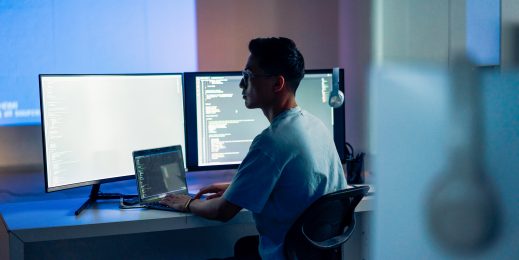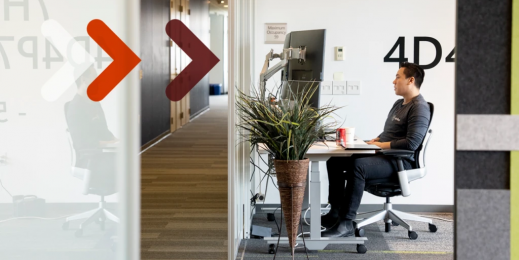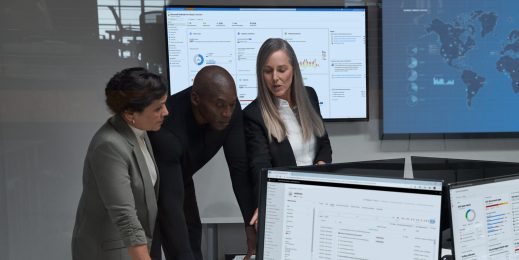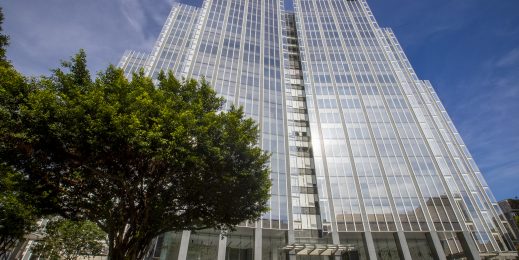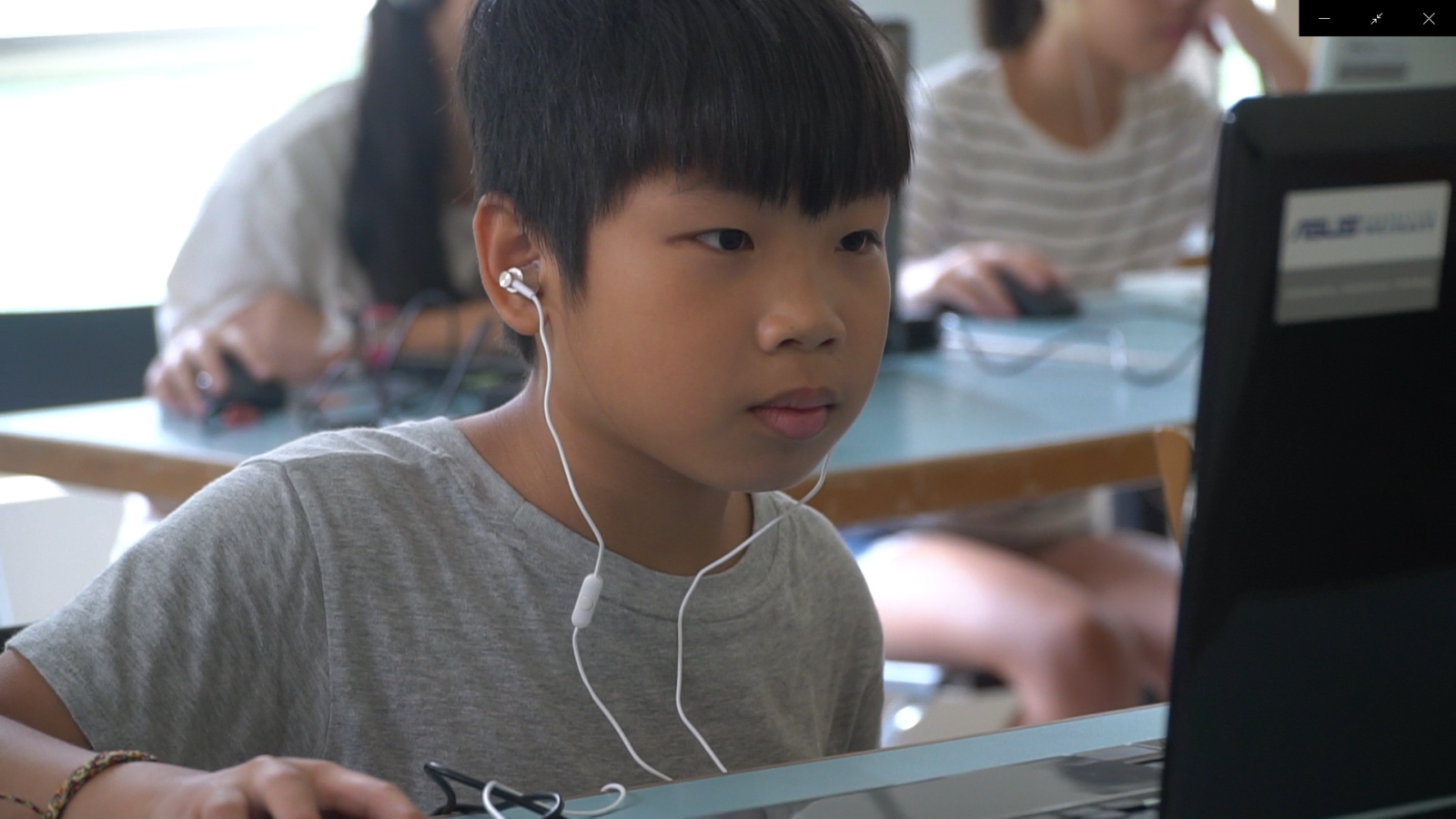
From Classrooms to Boardrooms, Technology Unlocks Opportunities and Unleashes Potential
July marks the beginning of a new fiscal year at Microsoft and we step into the new one with ambition, passion and high hopes.
Also held in July was “Inspire” – Microsoft’s annual conference for the partners community. During the conference, Satya Nadella, our CEO, and members of the senior leadership team presented their vision for the future of the company and the tech industry. As cliché as it may sound, I couldn’t help but feel very inspired. While a lot the recent media focus has been placed on the momentum of Microsoft’s growth, let’s not forget that behind this momentum are countless stories of creative innovation, digital transformation, and empowerment enabled by technology. One of the concepts that was mentioned repeatedly at Inspire was the notion of tech intensity. As a matter of fact, it was one of the first things that Satya talked about during his keynote. “It’s a simple formula but it’s subtle. We have to come together to help every business become great at digital technology. That means we need to help them adopt the latest and greatest tech as fast as they can” Satya said.
Think of tech intensity as being an equation –
Tech intensity = (Tech adoption X Tech capability)^Trust.
According to Satya, tech intensity is what underlies our mission at Microsoft. We are helping our customers unlock the power of tech across everything they do. To adopt to the fast-changing world of technology, organizations need to raise their tech capabilities, and you can’t do that without upskilling your employees. In FY20, we turn up the dial on technical skilling. Our vision of the future is focused on the development of the intelligent cloud and intelligent edge, infused with the power of AI. One thing is certain – it drives demand for technical skills. In the coming year, Microsoft will continue to invest in the employee’s skills to meet customer expectations, as well as investing to drive those skills across customers, and partners.
Microsoft’s mission is to empower every person and every organization on the planet to achieve more. There’s nothing more empowering than an education. We’re not only enabling our employees, partners and customers to further their education. We’re also teaching a new generation of learners.
On that note, I recently came across an elementary school in Taiwan, whose use of technology reinforces the core principle of raising technical skills.
Tucked away in the mountainous part of Taoyaun County, Chang Hsing Elementary School and its students reminded me of just how instrumental technology can be to improve classroom teaching – and in this case, the preservation of indigenous Taiwanese people’s core culture. Chang Hsing is one of two Microsoft School Programs in Taoyuan city, a million-plus-population swathe of northern Taiwan, sprawling from the ocean deep into the sparsely populated mountains. The campus of 28 first-through-sixth graders acquired enough Microsoft Surface laptops in 2017 to equip every child with one while at school. The children here, despite limited opportunities, are finding new ones at school because of its advances in teaching technology.
Laptops, hardware, software and the internet enable personalized learning – then mobility
Microsoft Sway allows the school’s students merge text and photos into online story presentations in real time. They can show the presentations to one another or their teachers. At test time, teachers can use Microsoft Forms to design quizzes and gauge student performance.
The three homeroom teachers use OneNote Class Notebook on touchscreen monitors – so big they’ve replaced any blackboards – to spell out each day’s lessons and offer links to related websites. Students use the same software to turn in homework. Language teachers open the audio functions in OneNote to teach native speaker-level English pronunciation.
There’s nothing too techie about it, nothing you need an engineering degree to use. Microsoft values simplicity, meaning nothing too complex for users.
The school’s curriculum director Chen Hsiao-ting says that classmates in other grades sometimes struggle because their parents leave town a lot for work. “The students look forward to coming to school,” she adds, crediting the advances in technology. “Their feeling now when it comes to studying is smooth and fluid.”
Now the graduates are going places.
The 2019 graduating class harbors great ambitions for their future. Some dream of becoming professional athletes while one aspires to become a rapper. Chen Chien-yu, a 2019 graduate, plans to move into an urban part of Taoyuan City for middle school, breaking out of the mountain village where jobs are scarce. The elementary school basketball pro is ready for the major move partly because of the outside world-related information she picked up by using her school’s technology.
A fellow graduate Min-hsin said, “In the past we didn’t dare face things on the outside,”. “The classroom technology”, she says, “helped our grades go up a bit.” Compared to the pre-2017 years, she says, “Now our technology is more developed, as well as more convenient. To come to school and study with the Surface and these programs is pretty interesting.”
Software helps to preserve a threatened indigenous language
Like a lot of younger Atayal people today, Min-hsin could once use the language only to understand what elders were saying when they scolded her. Taiwan happens to be trying to save indigenous languages before they disappear. Fluency has plummeted over the past 70 years along with the overall indigenous population size and outmigration from villages such as Chang Hsing to cities where the jobs are.
Chang Hsing stands out for a curriculum that reinforces Atayal culture. Unlike most schools, it teaches archery and weaving as well as a native language. Parts of the hilly campus are built from bamboo and carved wood. Just 2 percent of Taiwanese are indigenous, including Atayal, so preservation means making younger people proud, not forgetful, of their ancestry.
Technology as a priceless learning tool for future use
Whether you’re a student sitting in the classroom, learning an indigenous language, or a professional looking to equip yourself with technical knowledge on Azure and artificial intelligence, learning is a journey that has no end. The story of Chang Hsing Elementary School is a perfect example of how Microsoft is using its technology to empower teachers and students to achieve more. Of course, our work goes beyond end users, and extends to partners, customers and employees. I can’t wait to see where the journey of learning takes us this year.
Visit Microsoft Taiwan’s News Center for more on Chang Hsing Elementary School https://news.microsoft.com/zh-tw/microsofteducation/






